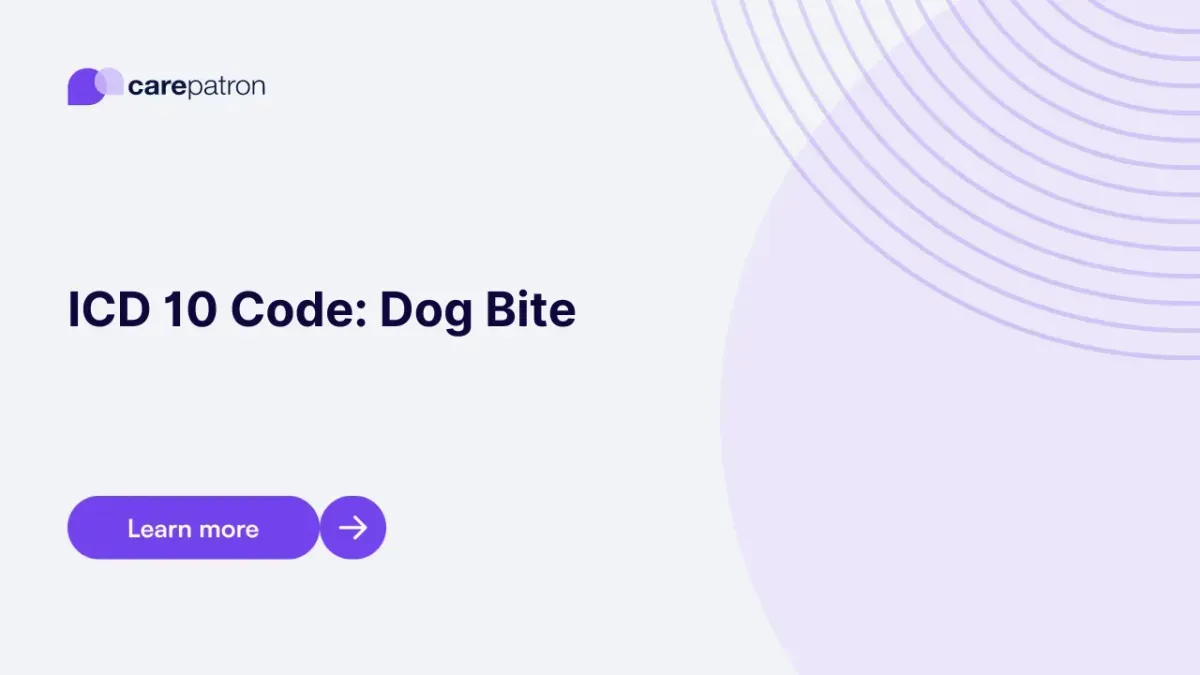
Dog Bite ICD-10-CM Codes
Learn about the crucial role of ICD-10 codes in diagnosing, treating, and cataloging dog bite incidents in healthcare practice.
Use Code
Commonly asked questions
A dog bite ICD code should be used when a patient presents with an injury caused by a dog bite, including open wounds, punctures, or crush injuries. It is important to specify the exact body part and encounter type (initial, subsequent, or sequela).
Treatment typically includes wound cleaning, antibiotic therapy, tetanus or rabies prophylaxis, and in some cases, surgical repair for deeper or more severe injuries. Follow-up care is essential to monitor for infection or complications.
A dog bite diagnosis code identifies the type, location, and severity of the bite injury for medical records and billing. It supports clinical decision-making and helps track injury patterns and outcomes.
EHR and practice management software
Get started for free
*No credit card required
Free
$0/usd
Unlimited clients
Telehealth
1GB of storage
Client portal text
Automated billing and online payments
